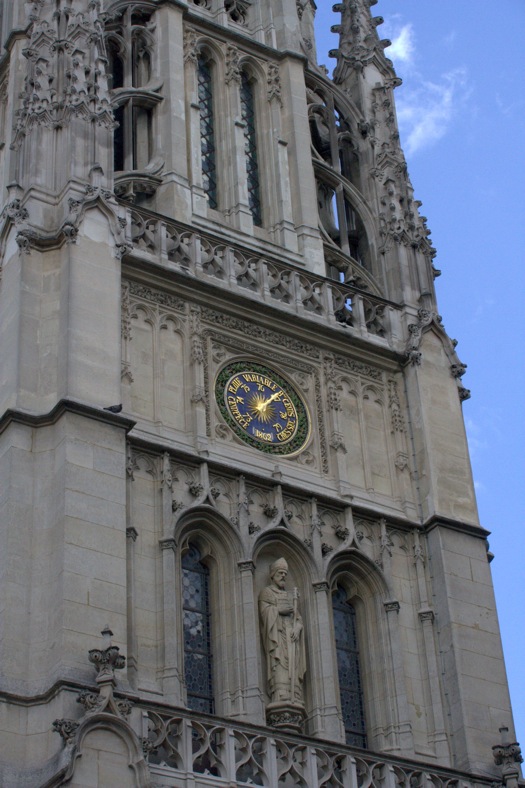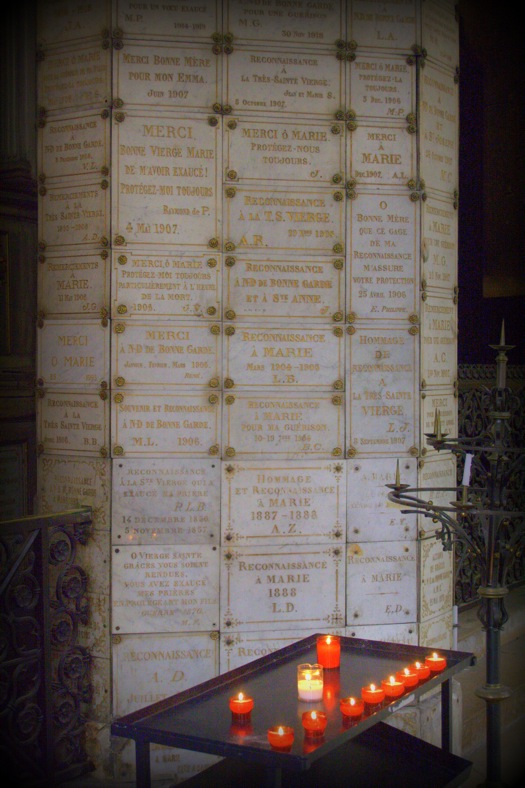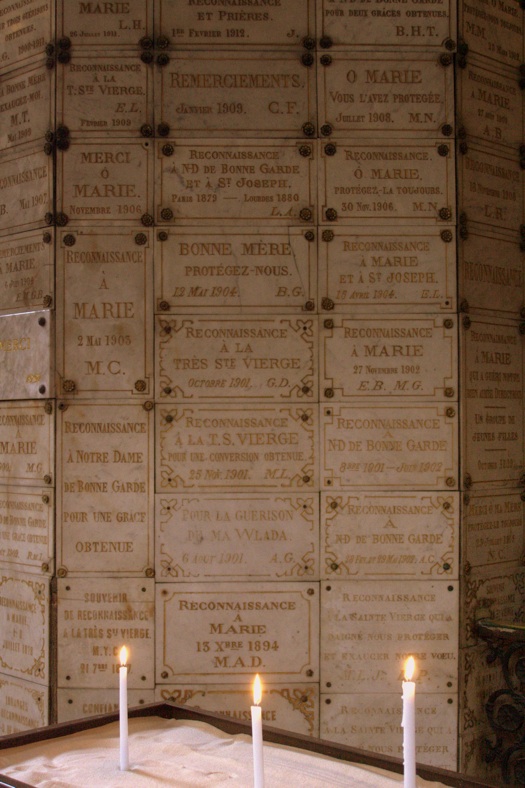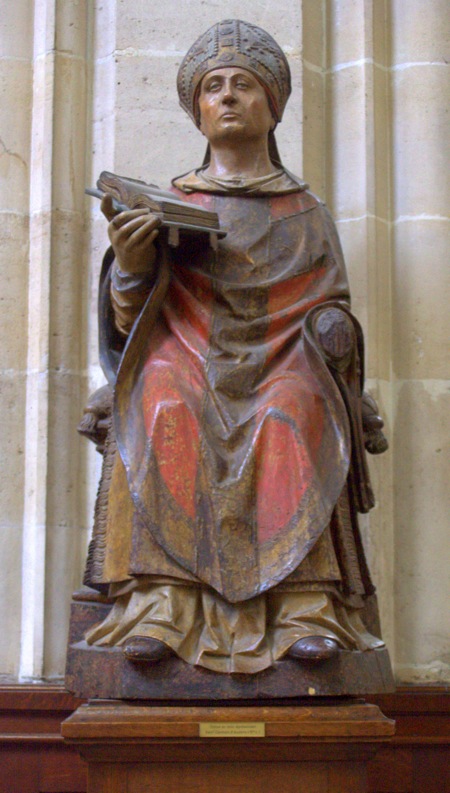France (Wikipedia)
Lister did not mention Saint-Germain in his pocketbook or memoirs, but his traveling companion Philip Skippon noted:
S. Germain Auxerrois is a pretty church nigh the Louvre, and is called the king’s parish church.
Saint Germain on the Place du Louvre is compiled from parts of church buildings spanning the twelfth to the sixteenth century; the twelfth century tower is Romanesque, the west entrance carvings dating from the thirteenth century survived the desecrations of the French Revolution, and the final building campaign (1500-1700) involved the construction of the choir and apse chapels. During the fourteenth century, Saint-Germain became the royal parish church when the French royal family moved to the Louvre.
Restored by Jean -Baptiste Lassus in 1839-55, Saint Germain is famous for having pealed out the signal for the Saint-Bartholomew’s Day Massacre in 1572, a notoriety that was to help save it from demolition by Baron Haussman. 1
When the tower bells rang, the supporters of Catherine de Médici began a slaughter of thousands of Huguenots who had been invited to celebrate the marriage of Henri de Navarre to Marguerite de Valois. On a more positive note, the seventeenth-century pews of the church wardens are based on designs of Le Brun and exquisitely carved.
Gallery
Back to top
- Andrew Ayers, The Architecture of Paris: An Architectural Guide (Stuttgart and London: Axel Mendes, 2004), 29. ↩






